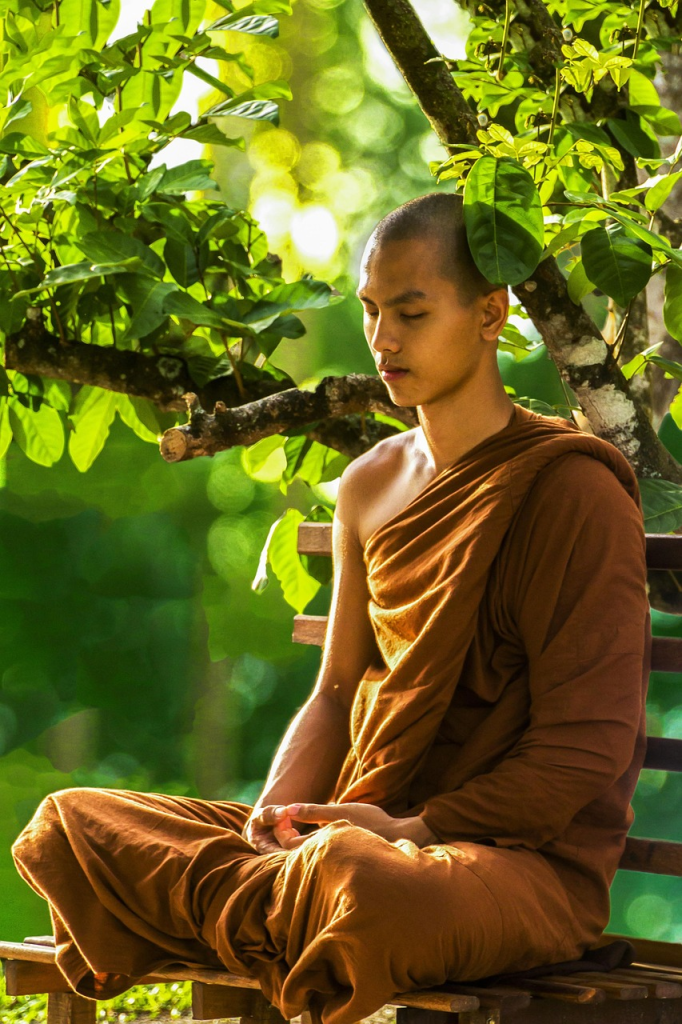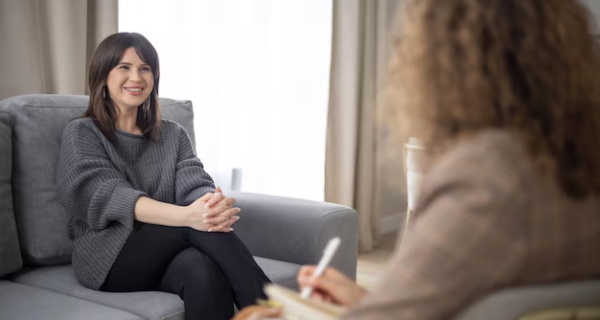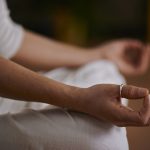
In a fast-paced world where obligations seem to multiply and stress becomes commonplace, meditation emerges as an oasis of calm. It's not a fad or a practice exclusive to monks or spiritualists; it's an accessible, scientific, and profoundly human path that anyone can explore.
Meditation as a lifestyle
Over time, meditation transcends the moment of sitting down to practice and becomes a way of life. It invites us to be present in what we are doing: listening to someone, enjoying a meal, or walking down the street. It is a reminder that life is not in the past or the future, but in the present moment.
Meditation is for everyone
Age, profession, or prior experience don't matter. Meditation doesn't require special conditions; it simply requires willingness. A student can practice it to improve concentration, a teacher to manage stress, an athlete to focus, or anyone seeking a little serenity in the middle of the day.
The ideal time to meditate
There are no hard and fast rules. Many people find the early morning hours ideal because their minds are fresher, while others prefer the evening to wind down at the end of the day. The important thing is to choose a time that fits your routine and that you can maintain over time.
Prior recommendations
- Set an intention: Before you begin, ask yourself, "Why do I want to meditate today?" It could be to rest, release stress, or cultivate gratitude.
- Cultivate patience: meditation is not a quick path. It is slow, but its effects are profound and lasting.
- There is no final destination: meditation is not about reaching a perfect place or emptying your mind; it is about learning to be present with what is.
Mindfulness and techniques for beginners
Mindfulness meditation is one of the most widely practiced forms of meditation today. Its basis is simple: observing the present moment without judgment. Some useful techniques include:
- Breath meditation: focus your attention on the air that enters and leaves, gently.
- Body scan: mentally scan your body, noticing sensations without changing them.
- Walking meditation: walk slowly, paying attention to each step.
Recommended postures
You don't need complex poses. Simply:
- Sitting: in a chair or on the floor, with your back straight but relaxed.
- Lying down: ideal for relaxation practice, although there is a risk of falling asleep.
- The key is to find a comfortable posture that allows you to be present without excessive effort.
Duration and daily routine
To begin, 5 minutes is enough. Over time, you can increase it to 10, 15, or 20 minutes. What's important isn't the duration, but consistency. Establish a small daily ritual: same place, same time, no pressure. That way, meditation becomes integrated into your life without feeling like a burden.
Useful resources
Today we have tools that facilitate the practice:
- Recommended apps: Headspace, Calm, Insight Timer or Petit BamBou (in Spanish).
- Inspiring books:
- The Miracle of Mindfulness – Thich Nhat Hanh
- Mindfulness in Everyday Life – Jon Kabat-Zinn
- Wherever You Go, There You Are – Jon Kabat-Zinn
Conclusion
Meditation is not a luxury or a fad. It is a simple and powerful practice that helps train the mind and nurture the heart. With patience, intention, and consistency, it becomes a habit that transforms the way we live each day. Because ultimately, meditation is not about escaping the world, but about learning to inhabit it with greater calm and awareness.







